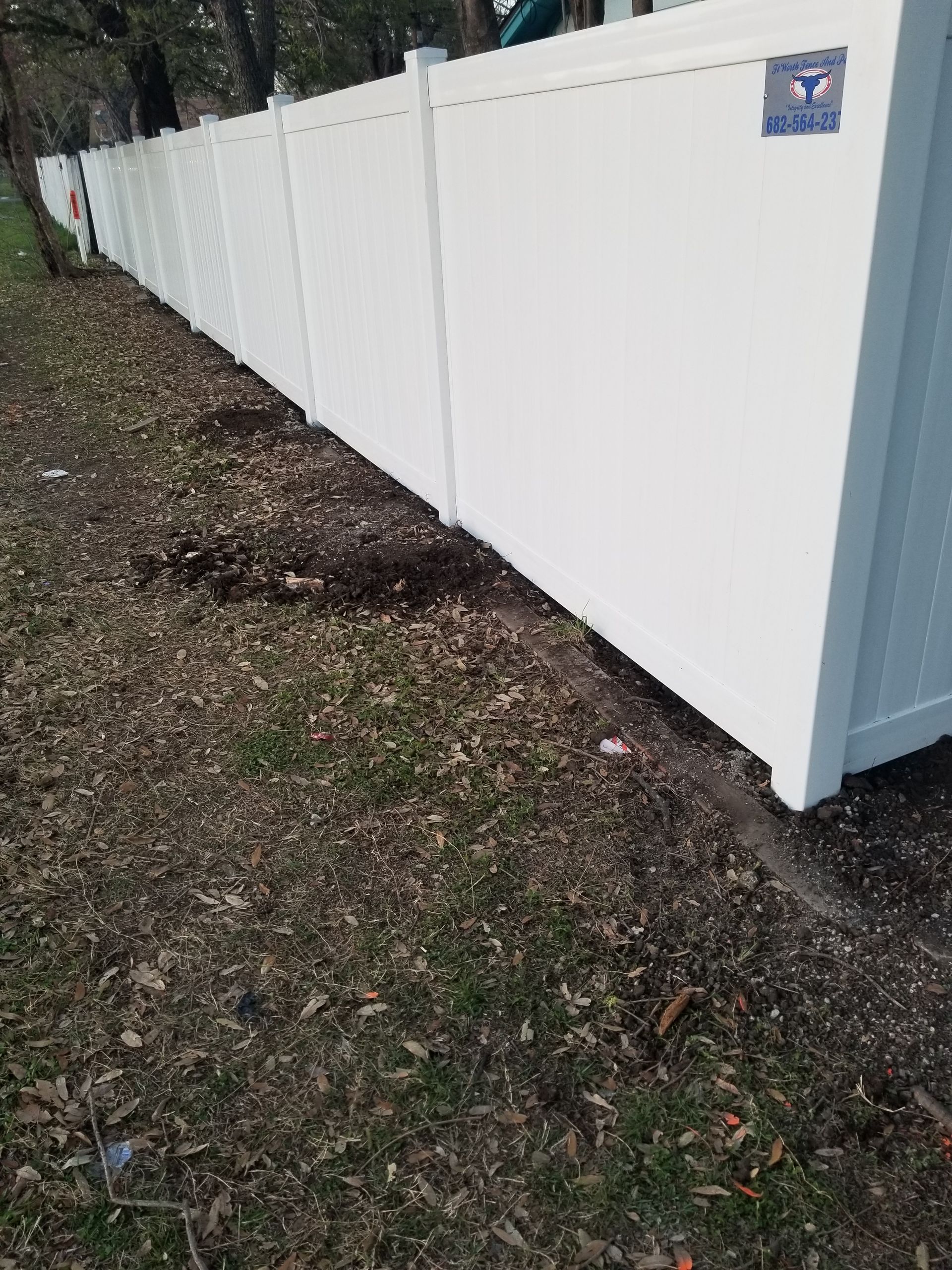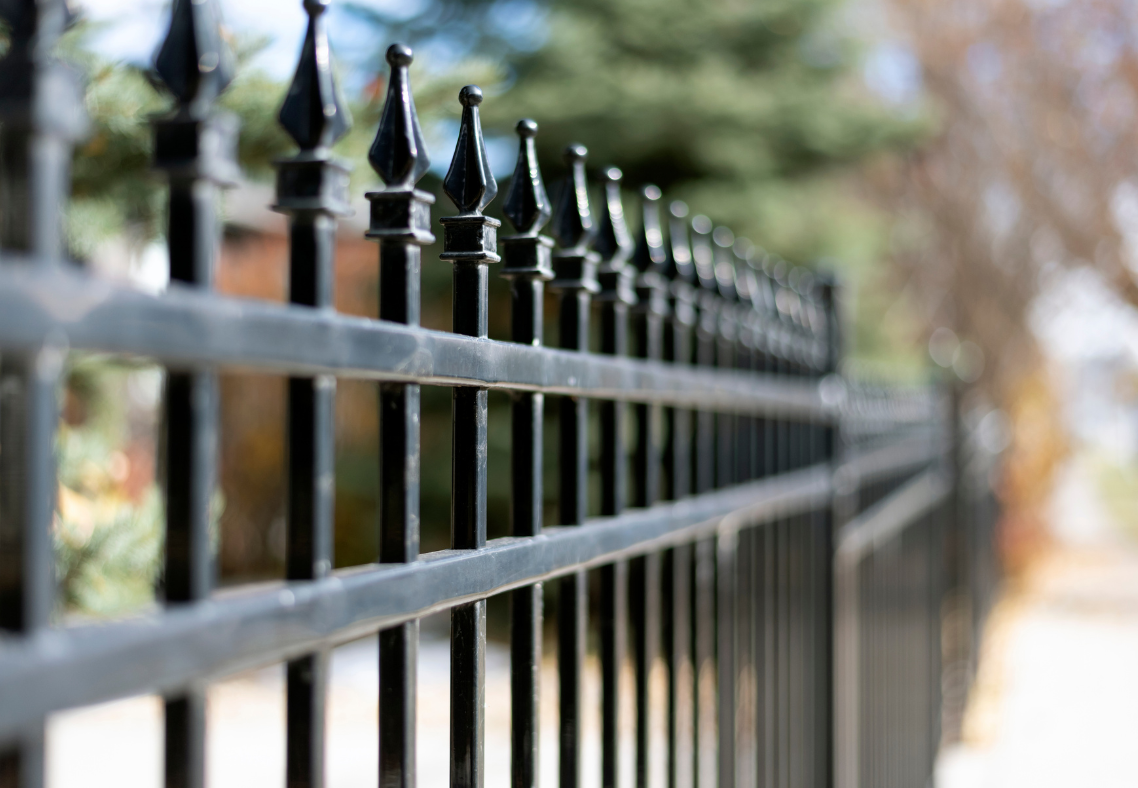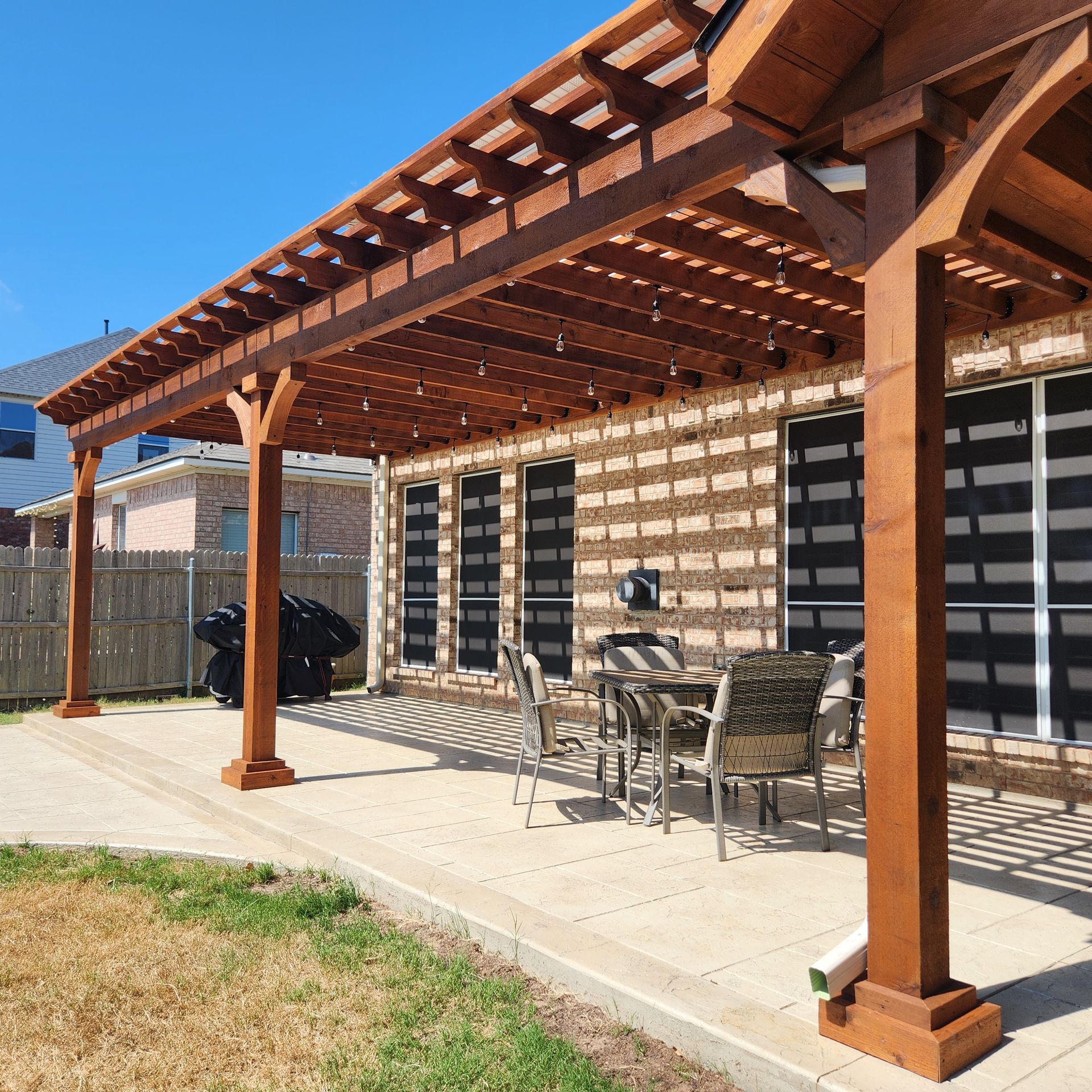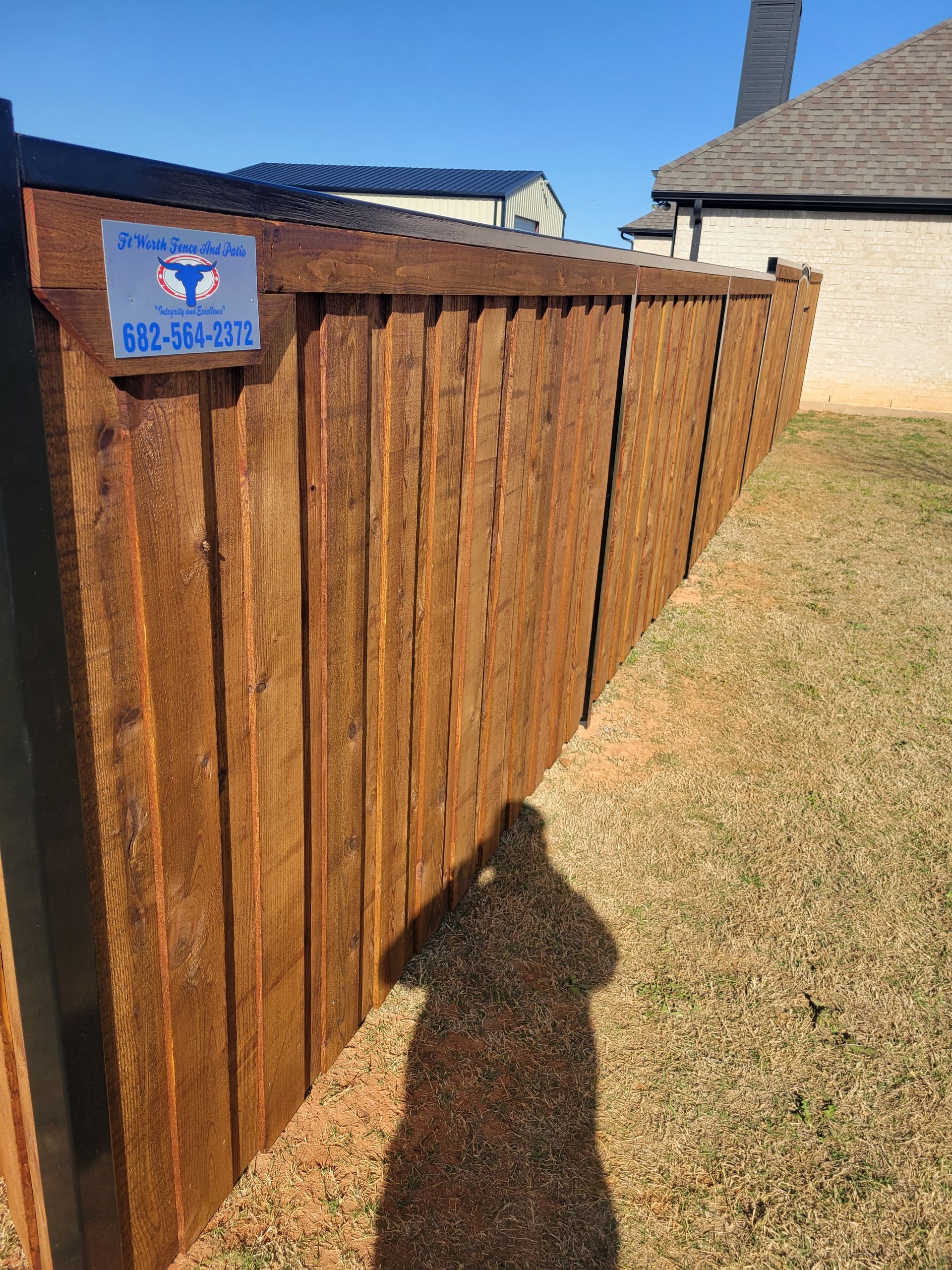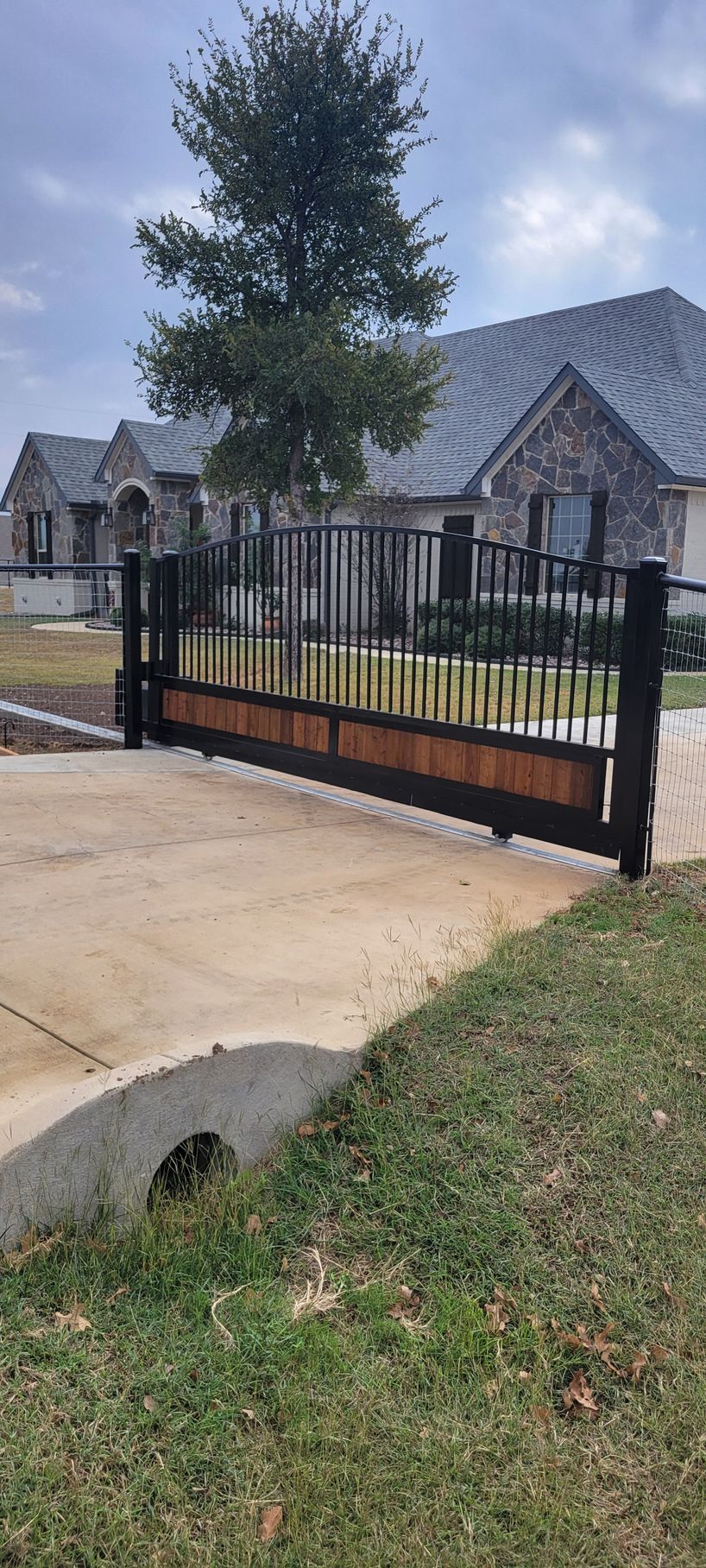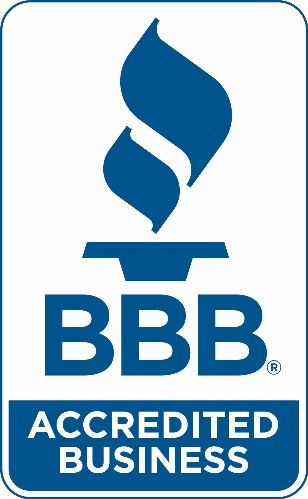Vinyl fencing is a popular choice for both aesthetics and durability. However, like any exterior feature, it requires some care to keep it looking its best. This guide will provide you with simple tips to help you maintain your vinyl fence, ensuring it enhances your property for years to come.
1. Regular Cleaning Practices
To keep your
vinyl fence
looking pristine, regular cleaning is essential. Use a mixture of soap and water to remove dirt and grime, ensuring to rinse thoroughly for best results.
In addition to a basic soap solution, incorporating a soft-bristle brush can enhance your cleaning tasks, allowing you to reach those stubborn dirt patches and maintain a neat appearance. Take caution not to scrub too harshly, as vigorous scrubbing can result in scratches.
After cleaning, consider drying off the fence with a soft cloth to prevent water marks from drying onto the vinyl. A clean, dry fence not only looks better but helps prevent buildup from occurring over time.
2. Examining for Damage
Take time to inspect your fence periodically for any signs of damage such as cracks or warping. Early detection can save you from more extensive repairs later. While you’re inspecting, pay close attention to the posts and panels, which tend to take the brunt of external stress.
Beyond physical cracks, also be on the lookout for any fading due to prolonged sun exposure. If your vinyl fencing starts to appear dull, it may be time for a protective product application (more on that later).
3. Removing Stains Promptly
If you notice any stains, it’s important to address them quickly. Use a gentle cleaning solution to treat tough stains like mildew or rust—this will help maintain the overall appearance. Make it a habit to do a quick inspection post-rain to catch any fresh stains that may have developed.
For particularly stubborn stains, consider creating a paste with baking soda and water. Gently apply this paste, let it sit for a few minutes, then wipe it off. This method is not only effective, but it’s also safe for your vinyl fencing.
4. Trimming Nearby Vegetation
Keep plants and grass trimmed back from the fence line. Overhanging branches or vines can cause scratches and damage over time. Additionally, fallen leaves can trap moisture against the vinyl, leading to mold growth.
Create a buffer zone of gravel or mulch around your fence to discourage the growth of unwanted vegetation. This not only improves the appearance but also minimizes maintenance tasks and checks damages caused by encroaching green.
5. Applying Protective Coating
Consider applying a vinyl protectant every few years to extend the life of your fence. This can help safeguard against the elements and UV rays. While many vinyl materials are made to withstand the sun, a protectant can boost their durability and keep colors vibrant longer.
When applying any protective coating, be sure to follow the manufacturer's instructions. A proper application ensures the coating adheres correctly and provides the protection it intends to deliver.
6. Addressing Ground Shifting
If your fence begins to lean, it may be due to ground shifting. Reassess the installation and consider reinforcement methods to prevent further leaning. Monitoring soil conditions after heavy rain or snowfall can save your fence from unwanted tilting.
Sometimes, little adjustments can make a big difference. Check if any nearby trees pose a threat to your fence's stability and consider securing loose sections before they lead to more costly repairs.
7. Avoiding Harsh Chemicals
When cleaning your vinyl fence, avoid bleach or harsh chemicals, as they can damage the surface. Stick to gentle products for optimal care. Remember, your goal is to maintain the integrity of the vinyl, so treating it with care is key.
Instead of aerosols or heavy-duty cleaners, choose environmentally-friendly options that are safe for both the fencing and surrounding landscapes. This approach not only preserves your vinyl but cares for the earth, too.
8. Maintaining Proper Drainage
Ensure proper drainage around your fence to prevent water from pooling at its base. This can help avoid weakening the vinyl material over time. Inspect the landscaping and make minor grading adjustments if necessary.
It might also be wise to consider installing drainage systems or weep holes if you notice persistent water buildup in specific areas. Investing in proper drainage now can save significant repair efforts later on.
9. Seasonal Inspections for Durability
Conduct seasonal inspections to check for wear and tear. This practice can help you identify issues early and keep your fence in top shape throughout the year. Particularly after winter, taking a look for any snow or ice damage can be beneficial.
During these inspections, keep a checklist handy to ensure you cover every aspect of the fence—from checking the color and condition of the panels to looking at the stability of the posts.
10. Seeking Professional Help When Needed
If you encounter significant damage or are unsure about DIY repairs, don’t hesitate to seek professional help.
Ft Worth Fence And Patio is a experienced contractor that can provide solutions and restore your fence’s integrity. It’s better to get it done right the first time rather than risk further complications.
Consulting with us your
vinyl fence experts
can also help you understand more about
vinyl fencing
maintenance and adaptations suited for your area's climate—knowledge is power when it comes to maintaining your home’s features.
Contact us today! 682-564-2372 to learn more about our vinyl fence maintenance and installations.
